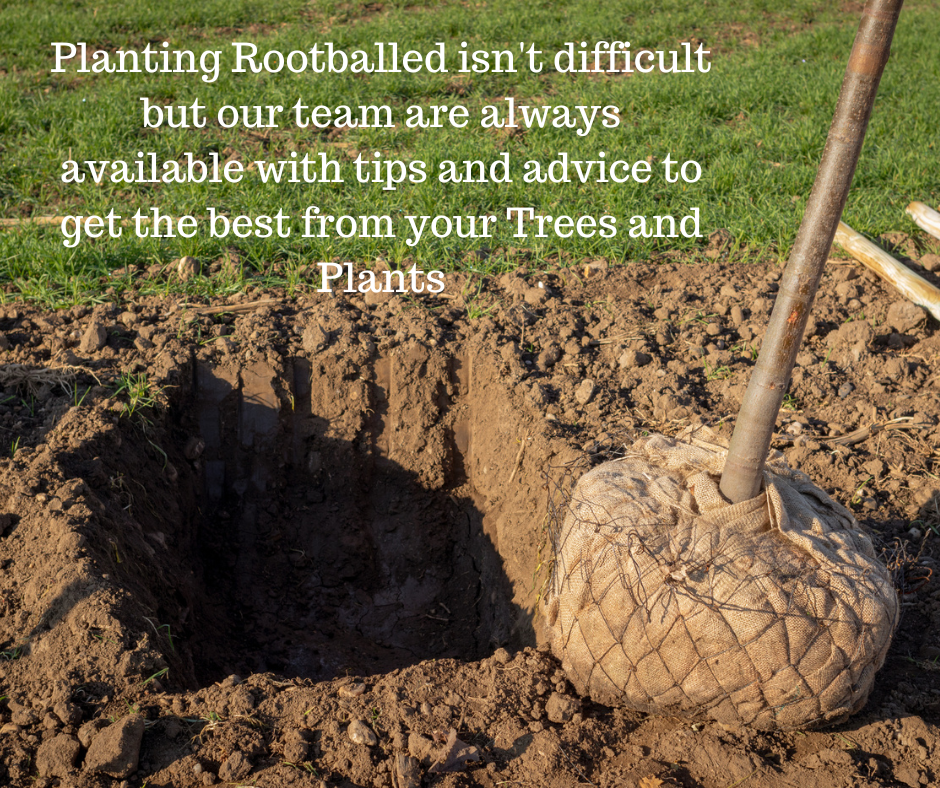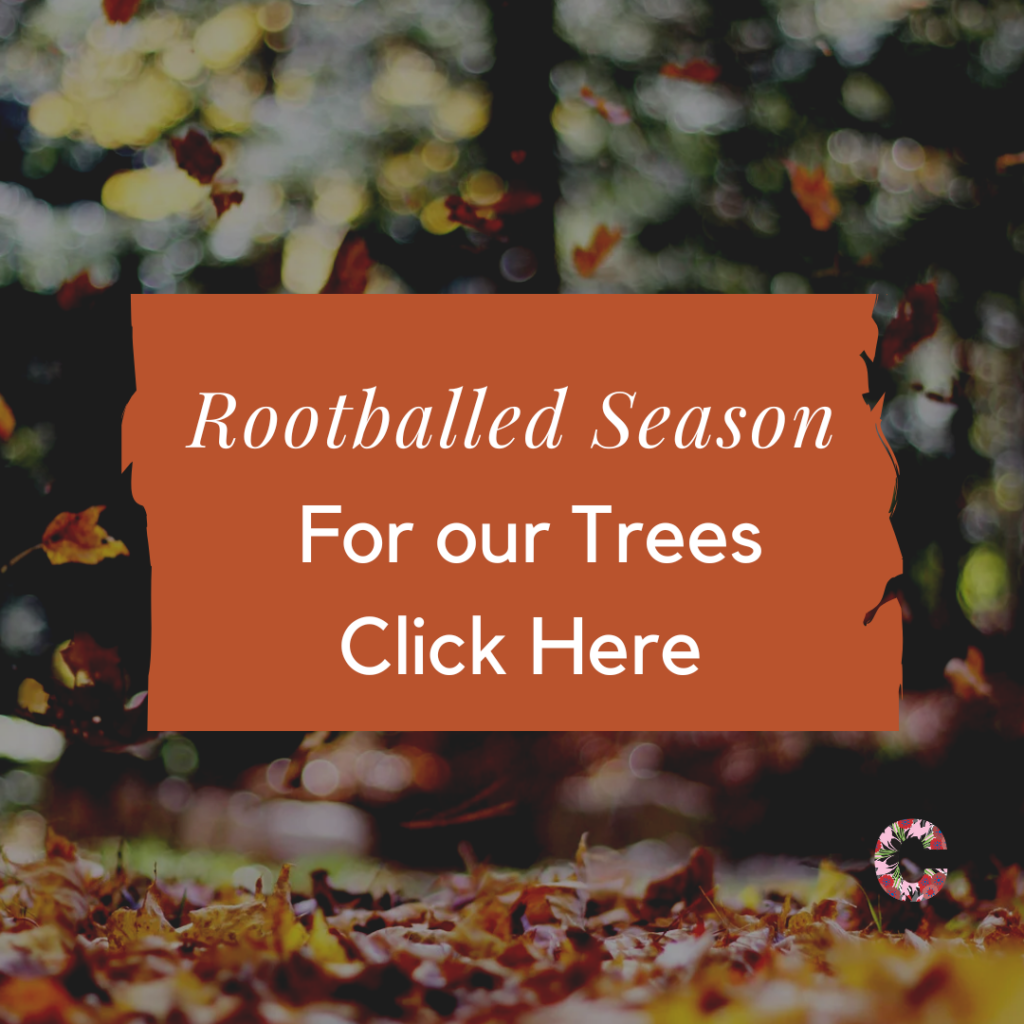- (+44) 0330 0272669
- info@caraghnurseries.co.uk
- Preston, Lancashire
Rootballed Hedging: A Comprehensive Guide to Choosing, Planting and Caring for Your Hedging
Rootballed hedging is a fantastic option for creating a robust, established boundary in your garden. Whether you’re seeking privacy, a windbreak or an aesthetic feature, rootballed plants offer excellent value and performance. This guide will walk you through the benefits of rootballed hedging, how to choose the right varieties, prepare your garden and care for your hedging plants to keep them in top condition.

What is Rootballed Hedging?
Rootballed hedging plants are grown in the ground and lifted during the dormant season (usually from November to March). The root system is wrapped in hessian or netting, protecting the roots while allowing them to breathe and stay hydrated. This method is particularly effective for larger, more mature plants, as it reduces transplant shock and ensures they establish quickly in their new environment.
Why Choose Rootballed Hedging?
- Mature Options: Rootballed hedging is often larger and more established than container-grown alternatives, providing instant impact and privacy.
- Cost-Effective: These plants are typically more economical than container-grown hedging especially for bulk planting.
- Seasonal Availability: Available only during the dormant season, these plants experience less stress during transplanting, increasing their chances of thriving.
- Environmental Benefits: Grown and harvested with minimal plastic, rootballed plants are a more sustainable choice.
Popular Choices for Rootballed Hedging
- Prunus lusitanica (Portuguese Laurel)
A versatile evergreen with glossy, dark green leaves and red stems, perfect for formal or informal hedging. - Taxus baccata (Yew)
A classic evergreen hedge with dense, dark foliage, ideal for topiary and traditional garden designs. - Fagus sylvatica (Beech)
A semi-evergreen option with coppery winter leaves that add warmth and texture to your garden. - Griselinia littoralis
Known for its bright green, leathery leaves, this evergreen hedge thrives in coastal gardens. - Ilex x meserveae ‘Blue Princess’ (Holly)
A hardy evergreen with glossy leaves and a compact habit, perfect for year-round structure. - Carpinus betulus (Hornbeam)
Similar to beech but better suited to heavy clay soils, with a beautiful pleated leaf texture. - Prunus laurocerasus ‘Novita’ (Novita Laurel)
A fast-growing, robust evergreen with more slender large, shiny leaves, ideal for creating privacy quickly.
How to Choose the Right Hedging
When selecting your hedging, consider:
- Purpose: Privacy, windbreak, or decorative.
- Soil Type: You can test your soil’s pH and drainage capacity to ensure compatibility b ut our team can advise you if you would like too.
- Location: Consider light levels and exposure. For example, Yew thrives in shade, while Griselinia loves sunlight.
- Growth Rate: Faster-growing varieties like Novita Laurel may need more maintenance, while slower options like Yew require less frequent trimming.
- Prepare the Soil
- Clear weeds and debris from the planting site.
- Loosen the soil to improve drainage and aeration.
- Mix in organic matter, such as compost, to enrich the soil.
- Digging the Holes
- Dig a hole one and a half times the width of the rootball and slightly deeper than its height.
- Space plants according to their mature width, again we can guide you on thi
- Planting
- Position the plant with the rootball level with the soil surface.
- Leave the hessian or netting intact; it will decompose naturally.
- Backfill the trench, firming the soil gently around the roots.
- Watering and Mulching
- Water thoroughly after planting and maintain consistent moisture, especially during the first growing season.
- Apply a layer of enriched compost to conserve moisture and suppress weeds.
Mature Rootballed Hedging
For an instant transformation, mature rootballed hedging offers fully grown plants that provide immediate impact. These can be used for screening, noise reduction, or creating a stately backdrop in your garden. Popular options for mature hedging include Yew, Beech, and Novita Laurel. Ensure adequate preparation and professional advice when planting mature specimens, as they require careful handling and precise watering. Our Team will Deliver them directly to you
Maintenance for Healthy Hedges
Watering
Keep the soil consistently moist during the first year, especially in dry weather.
Feeding
Apply a slow-release fertiliser in spring to encourage healthy growth and foliage. Again in July for goodhealth through to the Autumn.
Pruning
Trim deciduous hedges like Beech and Hornbeam in late summer or early autumn.
Evergreen hedges like Yew and Laurel benefit from pruning in late spring or early summer.
Regular trimming helps maintain shape and density.
Pest and Disease Control
Monitor for signs of pests like aphids or diseases like powdery mildew. Address issues promptly with appropriate treatments. There are plenty of tips and hint for non-chemical options if you prefer, you might need to be a little more patient with this option.
Mulching
Reapply mulch or enriched compost annually to retain moisture and enrich the soil.
Rootballed hedging is an excellent choice for gardeners seeking an economical, sustainable and impactful solution for their gardens. With proper preparation, planting and care these hedges can thrive for decades, offering privacy, beauty, and structure to your outdoor space. Whether you’re planting a formal Yew hedge or a naturalistic Beech border rootballed hedging provides a timeless, versatile option to suit any garden design.
As always, we are here to help. Do ask us any of your questions, no matter how small we have loads of experience to guide you and we are here to help
Call 0330 0272669
Email info@caraghnurseries.co.uk
FREE DELIVERY
Our Gift to you
On all orders made online over £100



